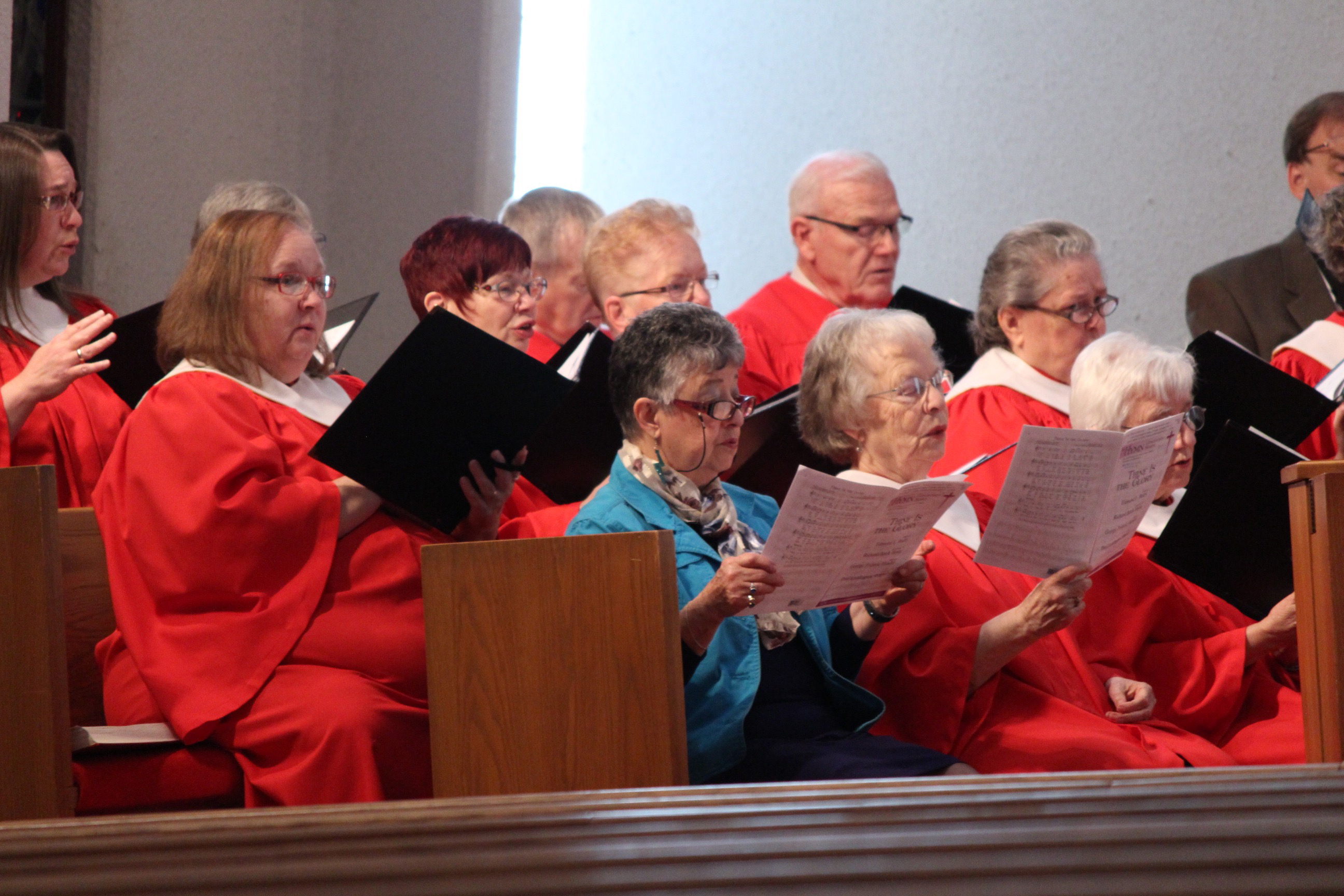Churches were full Easter Sunday as many Christians around the city gathered for a day of worship.
The sounds of hymns echoed through church walls as families took their seats to celebrate the death and resurrection of Jesus Christ.
But some say the biblical imagery associated with the Easter holiday has been largely replaced by the excitement of the Easter Bunny.
Trevor Potter, Minister of McKillop United Church said Easter can be a confusing holiday for some.
“People find Christmas easier, it’s a baby being born and Santa Clause and all that. Easter’s a little strange. What do you do with this resurrection?” said Potter.
But on the flip side Potter added, Easter is tied with Jesus dying by the Roman Empire because of how he lived his life, welcoming people and being with the despised.
“The resurrection is really saying it’s about the underside of society. Its like the sacred is with the despised, the sacred is in those things that scare us, the sacred is in death and none of them have power over us, love and life do.”
So how exactly did the Easter Bunny come to fit into the biblical context of Easter?
According to newhistorian.com the exact origins of the tradition is a mystery, but they do suggest two theories.
The first one traces the bunny’s origins to pagan traditions of Saxon northern Europe. Here the theory claims the word Easter derived from the Saxon goddess of spring and fertility, Eostre.
As the legend goes, Eostre was honoured by a festival which took place around the Spring Equinox, celebrating her life and rebirth. This was often represented by images of rabbits or hares.
The second theory traces the Easter Bunny to a German tradition in the 1600’s. Here the legend talks about a rabbit that laid eggs and delivered them to children at Easter.
As a result, the fairy tale is credited as the first time stories of a bunny were associated with Christian traditions and absorbed into the imagery of Easter.
In an article published in the Journal of American History, by Leigh Eric Schmidt titled The Commercialization of the Calendar: American Holidays and the Culture of Consumption, 1870-1930, Schmidt argues during the 19th century merchants began to realize the potential market for specialized goods associated with the holidays.
As a result, Schmidt claims business interests exploited these opportunities and created a standardized set of national holiday symbols.
However, Potter said despite the commercialization aspect of Easter, the holiday has changed a lot over the years with fewer people attending.
“I think it’s something we struggle with. Churches have a bad reputation and I think a lot of people younger then me feel judged sometimes by religion. They think they have to be perfect or be a certain way.”
At the same time, people in the community still found ways to celebrate the holiday, even if that meant not going to church.
Perhaps at the end of the day whether you celebrate the holidays with religion, family or both. It’s not how you celebrate but rather whom you celebrate with.

